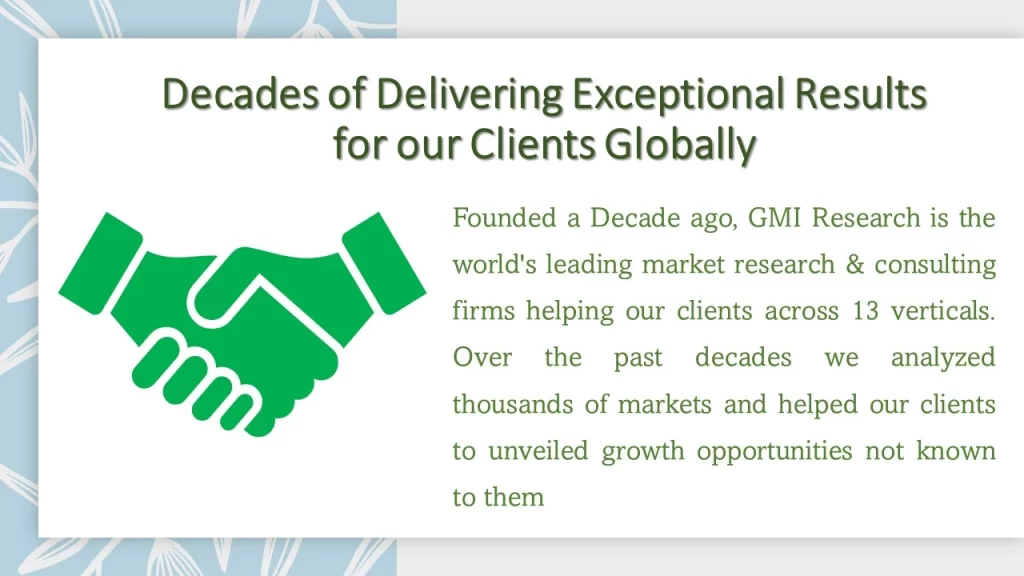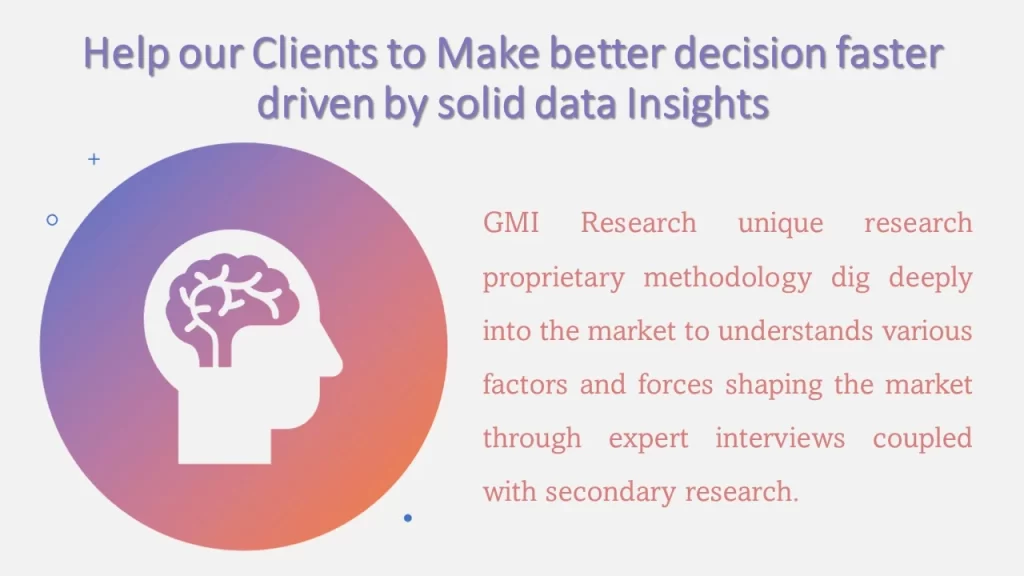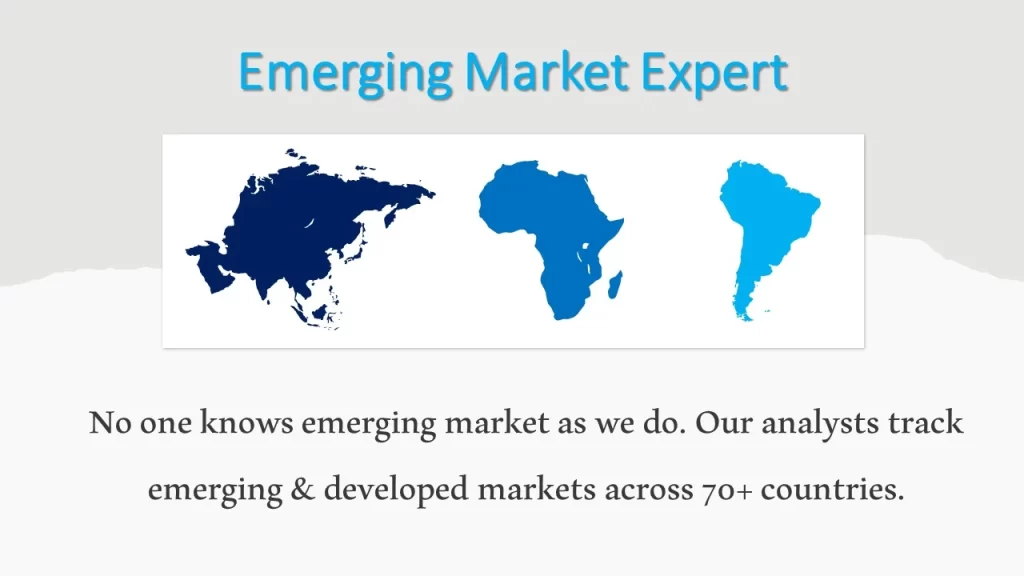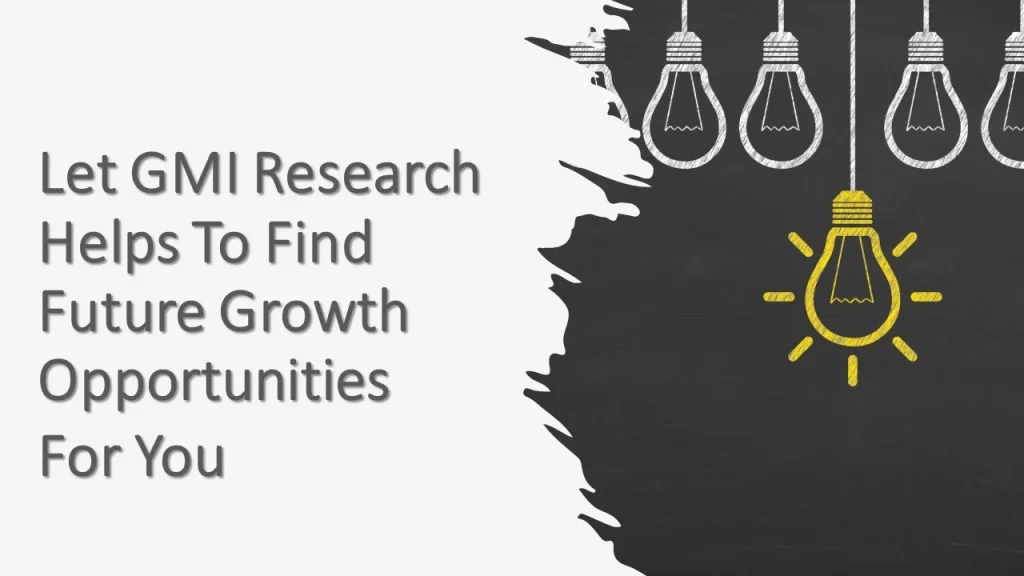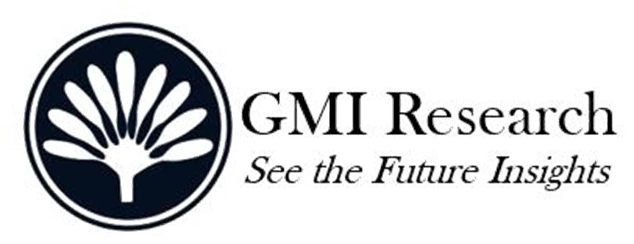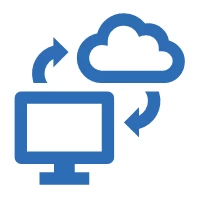Internet of Things (IoT) Market Size, Share, Trends and Growth Report – Global Opportunities & Forecast, 2023-2030
Analysts at GMI Research estimates that the Internet of Things (IoT) Market size was worth USD 365.2 billion in 2022, and forecast to touch USD 1,213.9 billion in 2030, growing at a significant higher CAGR of 16.2% from 2023-2030.
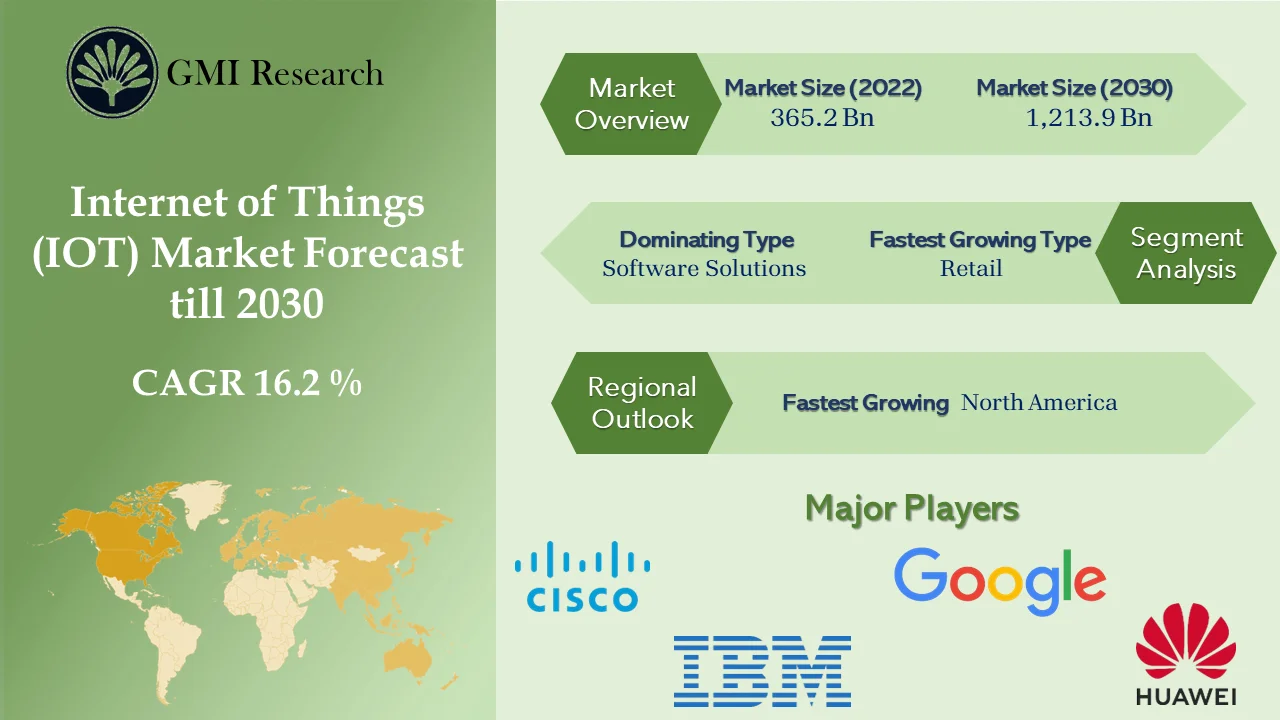
To have an edge over the competition by knowing the market dynamics and current trends of “Internet of Things (IoT) Market” request for Sample Report here
Major Internet of Things (IoT) Market Drivers
The primary factors influencing the global IoT market are accessibility of high-speed connectivity, the rise in initiatives of smart city projects globally, and increased usage of connected and 5G technology. Rise in population and urbanization in different countries around the globe are launching smart city projects and adopting smart city solutions to handle resources. Connected devices such as smart meters, smart lights, and sensors are improving the effectiveness and functions of infrastructure and connected services. The increasing prevalence of industry 4.0 smart homes, smart infrastructure, and smart manufacturing projects is predicted to change business segments thus, driving the growth of the Internet of Things (IoT) market. For instance, in 2021, a report by White & Case LLP, Saudi Arabia is advancing the development of 4 smart cities: the Red Sea Project, NEOM, Amaala, Qiddiya. These projects include multibillion-dollar construction agreements. NEOM is the most expensive, being a USD 500 billion smart city designed to be a hyper-connected and zero-carbon urban center. Moreover, customers are significantly adopting smart city solutions like intelligent transportation, waste management, utility meters, grids, and air quality controllers thereby developing the global market potential for connected devices.
The IoT market is also driven by the rising awareness of IoT systems and the rapid adoption of various automated and IoT systems in diverse industrial applications including medical devices, robotics, software-derived production procedures, and others. The industrial sector has integrated IoT into different procedures, including automation, maintenance, networking, and optimization. IoT contributes to effectiveness and reliability in the functions of enterprises and industries. Thereby, the growth of the Internet of Things market is enhanced by the high level of effectiveness and performance offered by IoT during functions.
Moreover, the growing integration of IoT in the agriculture sector is predicted to foster market growth in the forecast period. IoT offers different benefits to farmers including improved data analytics, enhanced overall functional effectiveness, and cost reduction. By integrating IoT systems, farmers can cultivate better crop at lower costs, estimate crop water demands, monitor herd health, and gather environmental and equipment metrics through agriculture IoT devices. Moreover, an IoT-based agriculture monitoring system is set to decrease the frequency of visits for inspecting, and arable conditions. Smart irrigation systems will aid farmers in addressing issues of overwatered or overdried plants, fostering production growth. Environmental sensors enable farmers to enhance production effectiveness, employ predictive data analytics, and improve pest management. Thereby, these benefits contribute to the growth of the IoT market in the forecasted period.
Also, the increase in varied data analytics and processing equipment, including big data analytics, Hadoop, and data science, is driving the acceptance and integration of IoT. Big data includes a substantial volume of heterogeneous data in structured, unstructured, and semi-structured forms. In the IoT case, connected devices serve as notable components in the IoT platform, introducing a substantial amount of data that requires real-time monitoring. The usage of data analytics and processing has increased to access real-time tracking. Moreover, big data analytics tools influence IoT to function easily. In a fully functional IoT system where every component contributes to data generation, the function of big data in IoT becomes important. Big data analytics monitor data generated by connected devices in IoT to improve the decision-making procedures. Furthermore, a rise in the lifecycle of data in business, and consciousness concern to real-time data, is estimated to drive the global IoT market growth.
While many IoT applications leverage machine learning and artificial intelligence technologies. The challenge lies in the installation, integration of IoT, and setup devices, as they are required to autonomously configure themselves to deliver different services in different conditions. Developing nations face challenges connected to essential technologies like networking and telecom infrastructure restraining the swift implementation of smart projects. Factors such as investments and technological innovations contribute to these restrictions. Research and development of 5G technologies are still struggling in different countries. Even developed nations, such as North America and Europe face challenges to old infrastructure with modern technologies. This challenge is predicted to restrain the market growth during the forecast period.
Do you want to know more about the Research process and detailed Methodology, Request Research Methodology of this report
Internet connectivity and connected smart devices offer organizations significant opportunities to attain important data. This includes real-time marketing analysis by understanding customer behavior in retail outlets, sensor-driven decision analytics, and the ability to deliver instantaneous control responses in complex autonomous systems. IoT facilitates the connection of companies and governments to different smart initiatives including smart cities, smart utilities, and smart transportation, delivering real-time access to location-based data. In addition, high-speed network connectivity has opened up opportunities for different segments such as healthcare, energy, transportation, and several other utility segments, allowing improved monitoring and efficient management of overall infrastructure. The healthcare sector has begun integrating IoT across different applications including monitoring, and remote consultation, virtual health portals, and kiosks. In the energy sector, IoT-derived solutions are deployed for predictive maintenance, security, asset performance management, field surveillance, monitoring, mobile workforce management, and many others. IoT in the transportation sector contributes to congestion control, crime reduction, city traffic surveillance, and safety maintenance. The upgrade from 4G networks to NB-IoT networks focuses on offering pervasive public mobile IoT, with an aim for indoor coverage, long battery life, high connection density, and low cost. These networks find extensive use in smart projects, including environment monitoring, smart parking, smart infrastructure, and smart energy. For instance, Huawei and the Government of Weifang City, China, collaborated to establish “IoT Weifang,” expanding industrial applications of NB-IoT.
The software solutions segment is predicted to dominate the largest CAGR by components in global market
IoT software solutions deliver functional effectiveness to business, develop customer experiences, and introduce market opportunities. Internet-connected IoT devices effortlessly interact with other devices, applications, and things to exchange data, carrying reliable data decisions to end-users. Software solutions include different technologies that help organizations accomplish their aim and maintain a competitive edge. These solutions are attaining traction, especially in established infrastructure systems, to automate different operations in manufacturing, complex infrastructure, and other sectors. However, during 2020—2021, there are few projects from where revenue generation has been halted. Although, software solutions deliver visibility and control over assets from distant locations, offering flexibility in decentralized settings, are predicted to dominate the market and boast the largest market size in the forecast period.
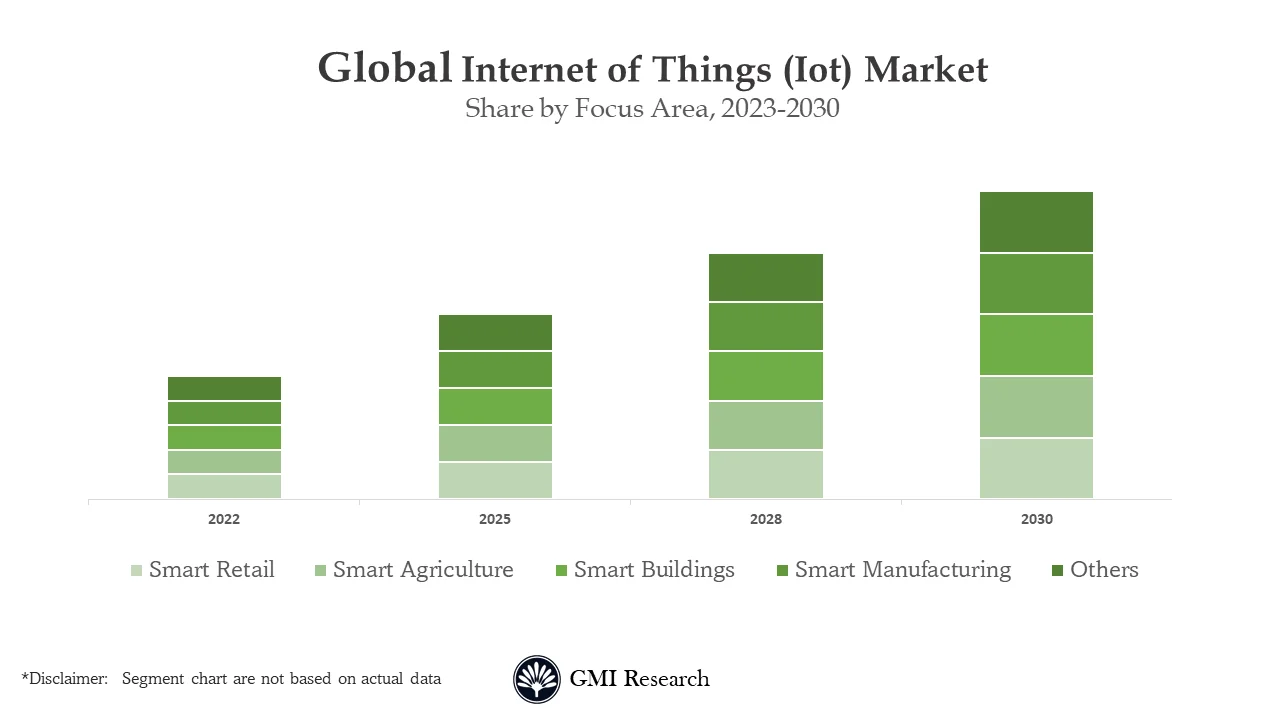
The retail segment by end user is set to witness the fastest growth in the global IoT market
Both merchants and the end customers in the retail industry have increased their reliance on connected devices. The growth of supermarkets and hypermarkets is predicted to rise due to the emergence of e-commerce and an increase in disposable income. The utilization of software, digitalization, and essential internet access collectively present significant market potential for IoT systems across this market.
IoT is expected to transform in different domains, including inventory replenishment in storage facilities. Foremost electronics manufacturers are introducing goods such as automatic and connected refrigerators that can autonomously reorder items including milk, cheese, and several other products running low. Market players including LG and Samsung are leading the way in this innovation. Furthermore, the surge in smartphone penetration and the convenience of online shopping contribute to the increased usage of e-commerce platforms. The market is predicted to rise due to the rising demand for data analysis and the integration of analytics.
In case, any of your pain points areas are not covered in the current scope of this report, Request for Free Customization here
North America region registered the largest revenue share by region in global IoT market
In the forecast period, North America is expected to exhibit the largest market share. This is attributed to the region’s technological innovations, with both the US and Canada having robust economies that allow substantial investments in research and development activities. The growth of the North American IoT market is further enhanced by rapid digitalization in different industries, an increase in the integration of smart connected devices, and continuous technological innovations. The growth of the IoT market in North America is propelled by key factors, including the widespread usage of connected devices and robust network infrastructure. The collaborative efforts among software vendors and hardware networks, also aid the regional growth. In addition, the region witnesses an increase in smart transportation initiatives, developing commuter security, and facilitating effective travel to destinations. Canadian companies are integrating IoT potentials to develop and optimize their business procedures. In addition, these market players are actively involved in the manufacturing and sale of IoT infrastructure to further help business optimization. In North America, the existence of different popular public safety institutions, including fighter services and emergency medical services, makes smart citizen services a growth enabler. Technological innovations have propelled the increased implementation of smart service setups, contributing to the region’s commitment to introducing a safe environment to address citizens’ demands.
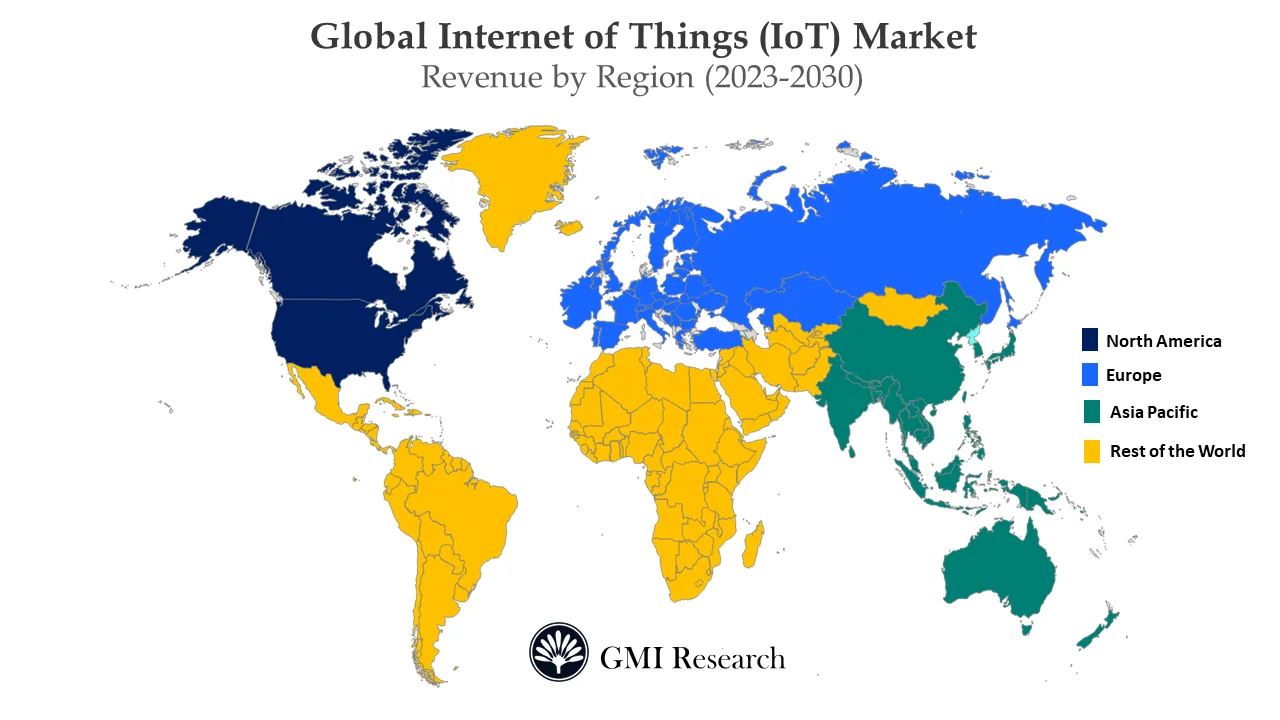
Top Market Players
Various notable players operating in the market include Robert Bosch GmbH, Google Inc., Cisco Systems Inc., PTC Inc., Huawei Technologies Co. Ltd, Siemens AG, Honeywell International Inc., Koninklijke Philips NV, Aeris Communications Inc., Amazon Web Services Inc., IBM Corporation, Microsoft Corporation, General Electric Company, Fujitsu Ltd, Oracle Corporation, SAP SE among others.
Key Developments
-
- In 2023, Intel announced the launch of Intel Core i9-13980HX to reinforce the computing possibilities for creators and gamers.
- In 2022, Amazon Web Services joined hands with Slalom, LLC to enhance the vertical solutions and advance the IT services.
- In 2022, Deloitte announced an agreement with AWS to help its clients rapidly integrate cloud solutions and innovative technologies.
Segments covered in the Report
The Global Internet of Things (IoT) Market has been segmented on the basis of Component, Organization Size and Focus Area. Based on the Component, the market is segmented into Hardware, Software Solutions, Services. Based on the Organization Size, the market is segmented into SMEs, Large Enterprises. Based on the Focus Area, the market is segmented into Smart Manufacturing, Smart Transportation/Mobility, Smart Energy and Utilities, Smart Retail, Connected Healthcare, Smart Agriculture, Smart Buildings, Other Applications. The Services segment is further segmented into Professional Services, Managed Services.
For detailed scope of the “Internet of Things (IoT) Market” report request a Sample Copy of the report
|
Report Coverage |
Details |
| Market Revenues (2022) |
USD 365.2 billion |
| Market Base Year |
2022 |
| Market Forecast Period |
2023-2030 |
| Base Year & Forecast Units |
Revenues (USD Billion) |
| Market Segment | By Component, By Organization Size, By Focus Area, By Region |
| Regional Coverage | Asia Pacific, Europe, North America, and RoW |
| Companies Profiled | Robert Bosch GmbH, Google Inc., Cisco Systems Inc., PTC Inc., Huawei Technologies Co. Ltd, Siemens AG, Honeywell International Inc., Koninklijke Philips NV, Aeris Communications Inc., Amazon Web Services Inc., IBM Corporation, Microsoft Corporation, General Electric Company, Fujitsu Ltd, Oracle Corporation, SAP SE , among others; a total of 16 companies covered. |
| 25% Free Customization Available | We will customize this report up to 25% as a free customization to address our client’s specific requirements |
Market Segmentation
Internet of Things Market by Component
-
- Hardware
- Software Solutions
- Services
- Professional Services
- Managed Services
Internet of Things Market by Organization Size
-
- Large Enterprises
- SMEs
Internet of Things Market by Focus Area
-
- Smart Manufacturing
- Smart Transportation/Mobility
- Smart Energy and Utilities
- Smart Retail
- Connected Healthcare
- Smart Agriculture
- Smart Buildings
- Other Applications
Global Internet of Things Market by Region
-
North America Internet of Things Market (Option 1: As a part of the free 25% customization)
- By Component
- By Organization Size
- By Focus Area
- US Market All-Up
- Canada Market All-Up
-
Europe Internet of Things Market (Option 2: As a part of the free 25% customization)
- By Component
- By Organization Size
- By Focus Area
- UK Market All-Up
- Germany Market All-Up
- France Market All-Up
- Spain Market All-Up
- Rest of Europe Market All-Up
-
Asia-Pacific Internet of Things Market (Option 3: As a part of the free 25% customization)
- By Component
- By Organization Size
- By Focus Area
- China Market All-Up
- India Market All-Up
- Japan Market All-Up
- Rest of APAC Market All-Up
-
RoW Internet of Things Market (Option 4: As a part of the free 25% customization)
- By Component
- By Organization Size
- By Focus Area
- Brazil Market All-Up
- South Africa Market All-Up
- Saudi Arabia Market All-Up
- UAE Market All-Up
- Rest of world (remaining countries of the LAMEA region) Market All-Up
Global Internet of Things Leading Market Players (Option 5: As a part of the free 25% Customization – Profiles of 5 Additional Companies of your Choice)
-
- Huawei Technologies Co. Ltd
- Robert Bosch GmbH
- Google Inc.
- Cisco Systems Inc.
- PTC Inc.
- Siemens AG
- Honeywell International Inc.
- Koninklijke Philips NV
- Aeris Communications Inc.
- Amazon Web Services Inc.
- IBM Corporation
- Microsoft Corporation
- General Electric Company
- Fujitsu Ltd
- Oracle Corporation
- SAP SE
Related Reports
- Published Date: Dec-2023
- Report Format: Excel/PPT
- Report Code: UP3619-001001
Licensing Options
Single-User License:
The report is used by the purchaser (One Individual) only
Multi-User License:Report is shared with maximum 5 users (employees) including the purchaser of the purchasing corporation only
Corporate License:
Report is shared with unlimited user (employees) of the purchasing corporation only
The report is used by the purchaser (One Individual) only
Multi-User License:Report is shared with maximum 5 users (employees) including the purchaser of the purchasing corporation only
Corporate License:
Report is shared with unlimited user (employees) of the purchasing corporation only
Internet of Things (IoT) Market Size, Share, Trends and Growth Report – Global Opportunities & Forecast, 2023-2030
$ 4,499.00 – $ 6,649.00
Why GMI Research
